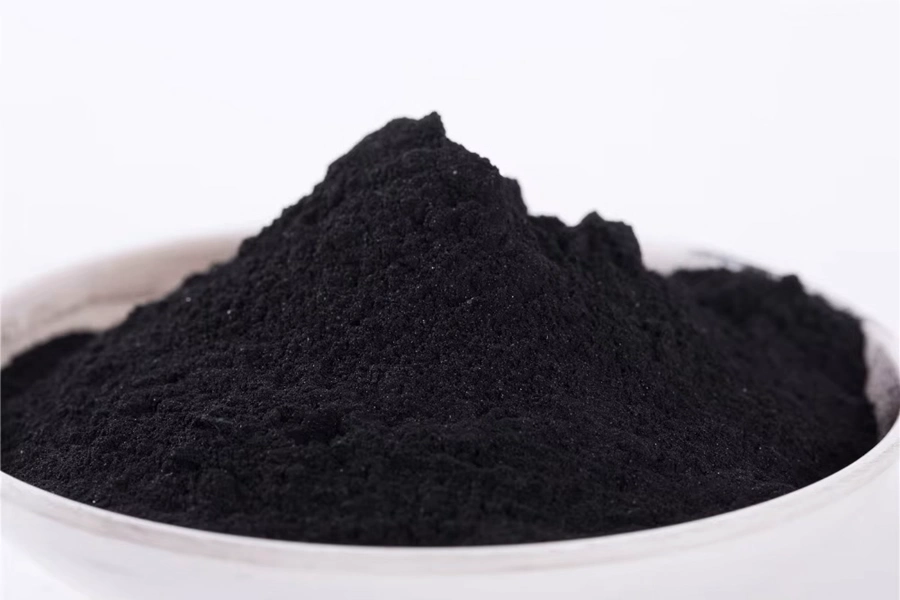Carbon Black
We’re here to answer your questions and provide assistance
Properties and Characteristics of Carbon Black
Carbon black is a versatile material valued for its unique physical and chemical properties. Produced by the incomplete combustion or thermal decomposition of hydrocarbons, it consists of fine, spherical particles of elemental carbon. Its high surface-area-to-volume ratio and varying degrees of porosity make it indispensable in a wide range of industries. Key features include:
- Reinforcing Agent: Carbon black enhances the tensile strength, elasticity, and durability of rubber, particularly in tire manufacturing.
- UV Protection: Its ability to absorb ultraviolet light protects materials such as plastics and coatings from degradation.
- Colorant and Pigment: Known for its intense black coloration, it is widely used as a pigment in inks, paints, and coatings.
- Conductivity: In specific grades, carbon black can improve electrical conductivity, making it useful in electronics and battery components.

Industrial Applications of Carbon Black
Carbon black’s versatility allows it to serve as a critical material in diverse industries:
Rubber and Tire Industry: Approximately 70% of carbon black is consumed in the production of tires, where it reinforces and improves the wear resistance of the rubber. It is also used in non-tire rubber products such as conveyor belts, hoses, and gaskets.
Plastics: In plastics, carbon black provides color, UV resistance, and enhanced mechanical properties, making it essential in products like automotive parts, pipes, and packaging.
Coatings and Inks: Carbon black is a popular pigment in paints, coatings, and printing inks due to its rich, deep black hue and excellent dispersibility.
Electronics: Special conductive grades of carbon black are used in the production of lithium-ion batteries, conductive polymers, and antistatic coatings.
Textiles: It is employed as a dyeing agent in textiles, offering uniform coloration and improved resistance to fading.
Production Methods
Carbon black is manufactured through various processes, each tailored to achieve specific particle sizes, structures, and applications:
- Furnace Black Process: The most common method, producing a wide range of grades suitable for rubber, plastics, and coatings.
- Channel Black Process: Used for producing fine particle carbon black for specialized applications.
- Thermal Black Process: Yields larger particle sizes, ideal for non-reinforcing applications.
- Acetylene Black Process: Produces highly pure and conductive carbon black, often used in batteries and electrical applications.
Environmental Considerations and Innovations
While carbon black production traditionally involves significant energy consumption and CO₂ emissions, the industry is making strides toward more sustainable practices. These include:
- Recycling and Reclaiming: Efforts to recover carbon black from end-of-life tires and industrial waste are gaining momentum, reducing reliance on virgin production.
- Low-Emission Processes: Advancements in production technologies aim to minimize environmental impact and improve energy efficiency.
- Alternative Feedstocks: Research is exploring renewable feedstocks for carbon black production, aligning with circular economy principles.
